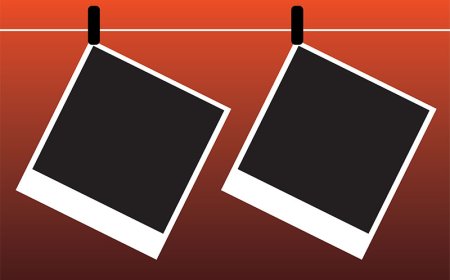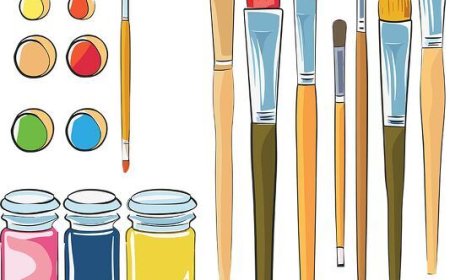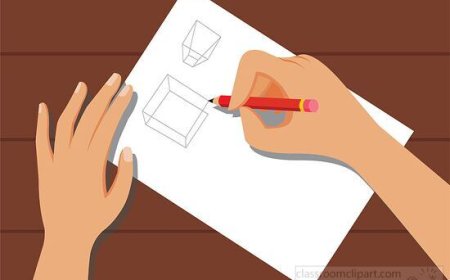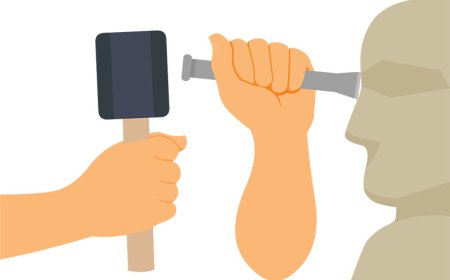Ceramics for Students – What It Is, How It's Made, and the Art of Clay
Discover ceramics—the art of creating with clay. Learn its history, techniques, tools, and how you can make your own pottery or sculpture.
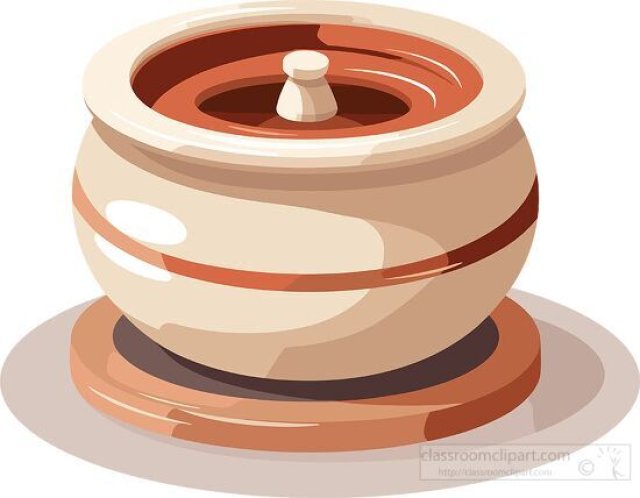
🏺 Ceramics: The Art of Shaping Clay
🎨 Introduction
Ceramics is one of the oldest and most useful forms of art in human history. People have been shaping clay into bowls, cups, sculptures, and decorative objects for thousands of years. Today, ceramics are not only practical—they're also artistic, expressive, and creative.
Ceramics is the art of making objects from clay and hardening them using heat. It combines craftsmanship, design, and science. Whether you're building a flowerpot, a hand-shaped figure, or a colorful glazed plate, working with ceramics is a fun and hands-on way to turn earth into art.
🏺 What Are Ceramics?
Ceramics are objects made from natural clay that are shaped by hand or tools and then fired in a kiln (a special hot oven) to make them hard and durable. After firing, ceramics can be left as they are, or covered with colorful glazes and fired again to create smooth, shiny finishes.
Ceramic art includes both functional pieces (like mugs, plates, and tiles) and sculptural artworks (like statues and decorative vases). Some ceramic pieces are simple and handmade, while others are highly detailed and designed with precise tools and molds.
🧱 Types of Clay
Different types of clay are used for different ceramic projects. Each has unique qualities and firing temperatures.
- Earthenware – Low-fire clay that stays a bit porous unless glazed. It’s soft and easy to shape. Great for beginners.
- Stoneware – Mid- to high-fire clay that becomes strong and waterproof after firing. Often used for dishes.
- Porcelain – High-fire clay that becomes smooth, white, and glass-like. Used in fine china and decorative pieces.
- Air-dry clay – Doesn’t require firing and hardens on its own. Great for classroom or home projects (not waterproof).
🧰 Tools and Materials Used in Ceramics
Ceramic artists, also known as potters or ceramicists, use a variety of tools to shape, decorate, and finish their clay.
Basic ceramic tools include:
- Clay – The main material, moist and moldable.
- Pottery wheel – A spinning platform used to shape round vessels like bowls.
- Loop tools and ribbon tools – For carving and trimming.
- Needle tool – For fine lines, poking air holes, or cutting.
- Ribs and scrapers – Smooth and shape the surface.
- Sponge – Keeps clay moist and smooths surfaces.
- Kiln – A very hot oven that hardens the clay at temperatures up to 2,400°F (1,300°C).
Ceramics can also include decorating tools for stamping, painting, glazing, or even sculpting texture into the clay.
🔥 How Ceramics Are Made
Making ceramics usually involves several stages, each requiring care and attention:
1. Wedging
Before you start, you knead the clay (like dough) to remove air bubbles and make it smooth.
2. Shaping
The clay is formed by hand, with tools, or on a pottery wheel. Common techniques include:
- Pinching – Squeezing clay between fingers to form a shape.
- Coiling – Rolling clay into long ropes and stacking them to build a form.
- Slab building – Rolling clay flat and cutting shapes to assemble boxes or structures.
- Throwing – Using a pottery wheel to shape spinning clay.
3. Drying
After shaping, clay must dry slowly to avoid cracking. It becomes leather-hard (firm but still workable), then bone dry (completely dry).
4. Bisque Firing
The first kiln firing, called bisque firing, turns the clay into a hard, permanent form. It’s still porous at this stage.
5. Glazing
A glaze (liquid glass coating) is applied with a brush, sponge, or dip. Glazes can be shiny, matte, clear, or colorful.
6. Glaze Firing
A second firing melts the glaze, sealing the piece and giving it a smooth finish.
Each step requires patience, skill, and creativity.
🏺 A Brief History of Ceramics
Ceramics is one of the oldest art forms, dating back over 10,000 years. The first clay pots were made by hand and dried in open fires.
In ancient China, potters invented porcelain, a white, smooth clay that became famous worldwide. Chinese porcelain was so valuable it was once traded like gold.
The Greeks decorated ceramic pots with stories of gods and heroes. The Romans used clay for roof tiles, pipes, and dishes.
In Native American cultures, pottery was used for cooking, storing food, and storytelling, often decorated with symbols and patterns passed down through generations.
Today, ceramics are still made around the world—for art, science, cooking, and culture.
👩🎨 Ceramics in Art Education
Ceramics is part of the Visual Arts curriculum and supports the National Core Arts Standards. Working with clay helps students:
- Create 3D artwork by hand or tools
- Present finished pieces in displays or exhibitions
- Respond to ceramic art through critique and discussion
- Connect artwork to history, culture, and real-life experiences
Learning ceramics teaches patience, planning, creativity, and fine motor skills. It’s also a great way to explore STEAM topics (Science, Technology, Engineering, Art, and Math) through temperature, structure, and design.
🧒 Simple Ceramic Projects for Beginners
You don’t need a kiln to start working with clay. Try these beginner-friendly projects:
- Air-dry clay creatures – Sculpt animals, monsters, or fantasy creatures and paint them once dry.
- Clay pinch pot – Start with a ball of clay, pinch it into a small bowl, and decorate the outside.
- Impression tile – Press leaves, shells, or stamps into a slab of clay to create textured tiles.
- Clay nameplate – Roll a slab and carve your name or initials, then paint it after drying.
These projects can be made with air-dry or oven-bake clay and are perfect for home or classroom use.
🧠 Vocabulary Words
| Word | Definition |
|---|---|
| Clay | Natural, soft earth used to make ceramics |
| Kiln | A special oven that heats clay to very high temperatures |
| Glaze | A glass-like coating that is fired onto ceramics |
| Bisque | A clay piece that has been fired once but not glazed |
| Slip | Liquid clay used to join pieces or decorate |
| Wedging | Kneading clay to remove air bubbles |
| Pottery | Functional ceramics like bowls, cups, and plates |
🌟 Interesting Facts About Ceramics
- The oldest known ceramic object is a small clay figure from 29,000 BCE, found in the Czech Republic.
- Porcelain is sometimes called “white gold” because of its value in ancient trade.
- NASA uses ceramic tiles to protect space shuttles from intense heat during re-entry.
- Some glazes change color in the kiln due to chemical reactions at high heat.
- Pottery wheels have been used since at least 3,000 BCE in Mesopotamia.
📘 Key Takeaways
- Ceramics is the art of shaping and firing clay to create functional or decorative objects.
- Artists use different types of clay, tools, and firing methods to make their work.
- Ceramics has a long global history and is still practiced around the world today.
- Students can learn important art, design, and science skills by working with clay.
- You don’t need a kiln to start—just some creativity and a bit of clay!
🎯 Interactive Quiz
1. What are ceramics made from?
A) Paper
B) Stone
C) Clay
D) Glass
2. What is a kiln used for?
A) Mixing paint
B) Storing tools
C) Firing clay at high temperatures
D) Measuring water
3. Which of the following is a hand-building method?
A) Sculpting with glue
B) Drawing with chalk
C) Pinching clay
D) Polishing marble
4. What does a glaze do to ceramics?
A) Makes them cold
B) Colors and seals them
C) Freezes them
D) Breaks them apart
5. What happens during bisque firing?
A) Clay gets softer
B) Clay becomes permanently hard
C) Clay turns into paint
D) The glaze melts


















































